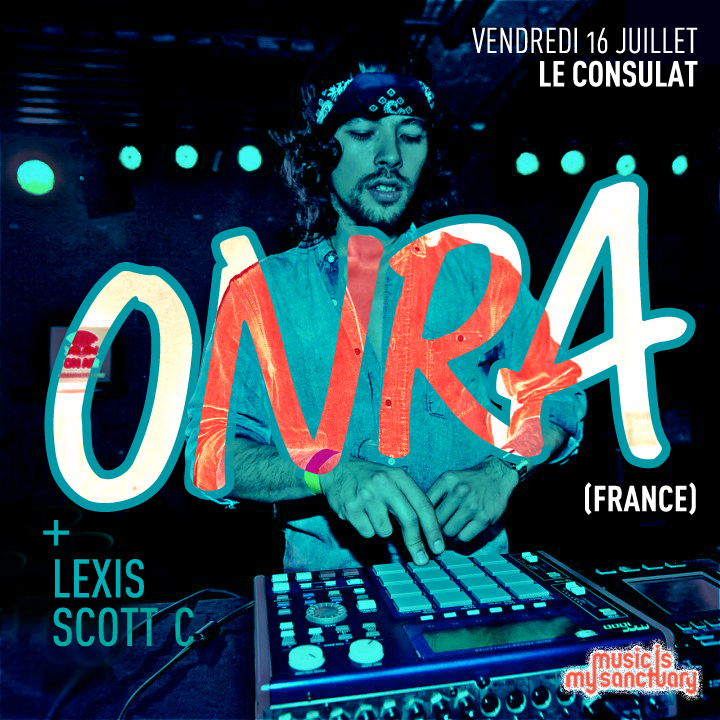I told you some of my entries would still be text based.
The hardest part about this reading was convincing myself that it applies to me. I'm super stuck-up when it comes to my own estimation of my inter-cultural abilities. Mix that with unbounded optimism as to the goodness of people, and you've got yourself a guy who is in for a bit of a surprise.
As soon as I started taking the reading seriously, I found myself actually more at peace with how I hope the experience will go, because I have started to plan in and expect difficulties, especially those difficulties that are still invisible, hiding in the latent space. It feels good to know that there will be language difficulties, cultural boundaries, and moments of frustration.
For those of you who aren't in the field studies class and don't know what I'm talking about, we have to read an article called "Coping with Culture Shock" by a dude named Ferraro. I think it's a dude, anyway. Here are some of the salient points.
There are four basic stages of cultural shock:
1. The honeymoon stage - everything is great and charming
2. Irritation and hostility - everything starts to suck
3. Gradual adjustments - some things stop sucking quite so hard
4. Biculturalism - you become a fully or near-fully recovered world citizen, able to function well in the host culture as well as your native culture
The next part of the article talks about "reentry shock," or "reverse culture shock," as it is sometimes called. This happens when you get back home and have trouble readjusting. I might deal with these issues in another post, but for now I want to get to another part - techniques for minimizing culture shock. Ferraro provides 4 cognitive strategies, which are basically ways to orient yourself before going and things to keep in mind while in the foreign country, and 18 other strategies. I've picked out some that are interesting to me.
The four cognitive strategies are:
1. Understand the general concept of culture. The way Ferraro approaches this vibes with Dr. Keller's "no one believes something that is stupid" statement. Things might be different in other cultures, and they might not make sense when viewed in our own paradigm, but just recognizing that there is a logic behind foreign cultural practices that is usually just as valid as our own cultural reasoning helps tremendously in generating empathy and allowing learning to happen.
2. Become familiar with local communication - verbal and nonverbal.
3. Cultural self-awareness - opening one's mind up to the reality that we are just as encultured as anyone anywhere, and that those cultural norms we bring with us affect the ways we see and react to things. What is it about American culture that is unique that shapes the way I act and think? What about Arizona culture, Mormon culture, Hilton culture? Recognizing these various cultural influences that contribute to our own make-up helps in navigating foreign cultures as we watch ourselves with more objective eyes.
4. Obtain as much culture-specific information as possible, from as many sources as possible. Journals and scholarly publications are good, but there are other places that can be even better. Youtube, Skype, social media - on and on, the internet has provided a way to connect cross-culturally, albeit in a sanitized form, instantly. Other ideas include going to places in your own location where people from the host country will be - restaurants, religious services (where appropriate), etc. People are generally more than happy to talk about their homelands.
Other points:
The hardest part about this reading was convincing myself that it applies to me. I'm super stuck-up when it comes to my own estimation of my inter-cultural abilities. Mix that with unbounded optimism as to the goodness of people, and you've got yourself a guy who is in for a bit of a surprise.
As soon as I started taking the reading seriously, I found myself actually more at peace with how I hope the experience will go, because I have started to plan in and expect difficulties, especially those difficulties that are still invisible, hiding in the latent space. It feels good to know that there will be language difficulties, cultural boundaries, and moments of frustration.
For those of you who aren't in the field studies class and don't know what I'm talking about, we have to read an article called "Coping with Culture Shock" by a dude named Ferraro. I think it's a dude, anyway. Here are some of the salient points.
There are four basic stages of cultural shock:
1. The honeymoon stage - everything is great and charming
2. Irritation and hostility - everything starts to suck
3. Gradual adjustments - some things stop sucking quite so hard
4. Biculturalism - you become a fully or near-fully recovered world citizen, able to function well in the host culture as well as your native culture
The next part of the article talks about "reentry shock," or "reverse culture shock," as it is sometimes called. This happens when you get back home and have trouble readjusting. I might deal with these issues in another post, but for now I want to get to another part - techniques for minimizing culture shock. Ferraro provides 4 cognitive strategies, which are basically ways to orient yourself before going and things to keep in mind while in the foreign country, and 18 other strategies. I've picked out some that are interesting to me.
The four cognitive strategies are:
1. Understand the general concept of culture. The way Ferraro approaches this vibes with Dr. Keller's "no one believes something that is stupid" statement. Things might be different in other cultures, and they might not make sense when viewed in our own paradigm, but just recognizing that there is a logic behind foreign cultural practices that is usually just as valid as our own cultural reasoning helps tremendously in generating empathy and allowing learning to happen.
2. Become familiar with local communication - verbal and nonverbal.
3. Cultural self-awareness - opening one's mind up to the reality that we are just as encultured as anyone anywhere, and that those cultural norms we bring with us affect the ways we see and react to things. What is it about American culture that is unique that shapes the way I act and think? What about Arizona culture, Mormon culture, Hilton culture? Recognizing these various cultural influences that contribute to our own make-up helps in navigating foreign cultures as we watch ourselves with more objective eyes.
4. Obtain as much culture-specific information as possible, from as many sources as possible. Journals and scholarly publications are good, but there are other places that can be even better. Youtube, Skype, social media - on and on, the internet has provided a way to connect cross-culturally, albeit in a sanitized form, instantly. Other ideas include going to places in your own location where people from the host country will be - restaurants, religious services (where appropriate), etc. People are generally more than happy to talk about their homelands.
Other points:
- become familiar with the physical surroundings ASAP. Grab a map and wander around, or make a map if one isn't available
- become familiar with basic skills - using currency, ordering off a menu, using public transportation
- learn to live with ambiguity - don't expect answers up front, and be ok with never having answers to some questions
- be slow to act, quick to think. Understand context as much as possible, and focus on making informed decisions rather than fast decisions.
- don't evaluate yourself using your usual standards of accomplishment, at least at first.
- don't lose your sense of humor. The article said that humor might be the most powerful coping tool available, and I like that.
- be adventurous. Look at problems as adventures and opportunities
- learn how you best manage stress. Exercise, spirituality, venting to family or friends, etc.
- stay as healthy as possible.
- let go of home (for now) - say your goodbyes and really be in the host country. This doesn't mean that maintaining communication with family or friends is bad - it can be one of the most positive things you do - but rather that pining for home should be kept to a minimum and immersion in the local culture should be maximized and appreciated.
- remember that there are no absolutes - not only is the culture unique, but the city, family, and individual you are interacting with is unique as well
- keep the faith - believe that things will go well, and it is much more likely that they will. Give yourself time and patience, and give the host culture the same luxury
Some of my blog posts are designed to give me things to read and look at when I am in the field and don't have immediate access to all my class notes and other resources. This is one of those posts. I plan to remember to look at it frequently in the field, especially on that day when the honeymoon is officially over.



























